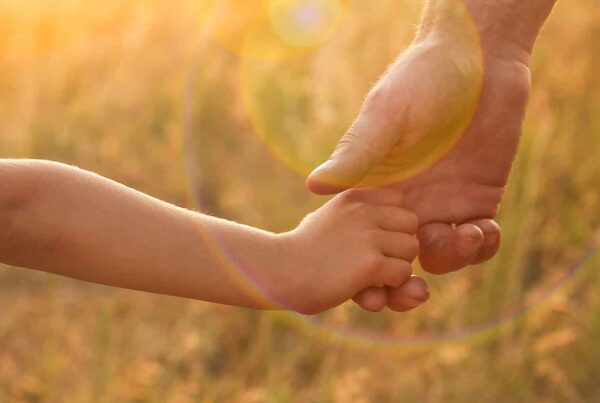Baby teeth start to make their appearance between six and 12 months of age. Before you know it, your little one is going to have a mouth full of pearly whites. However, each child develops differently, and the time may vary. Let’s talk baby teeth.
Baby Teeth
Babies are born with four first molars, four second molars, four canine teeth, four lateral incisors and four central incisors. This is 20 total temporary teeth (compared to 32 permanent teeth in adulthood). They are just as important to take care of as permanent teeth. Unfortunately, teething can be uncomfortable. Because of this, it’s a good idea to offer your little one chilled (not frozen) teething rings, wash cloths or dummies.
The teeth in the bottom jaw come through first, usually between six and ten months. This is then followed by the two front teeth between eight and 13 months.
Then come the lateral incisors between the ages of eight and 16 months and the upper and lower molars between 13 and 19 months. Lastly, the canine teeth come between 16 and 23 months. By the time a child is two to three years of age, all the primary teeth should have erupted. These primary teeth stay until age six, when their baby teeth are replaced by permanent teeth.
It’s important to remember that teeth can decay as soon as they erupt, so it’s vital to keep them clean. Never allow your baby to fall asleep with a bottle. Definitely don’t dip a dummy in sugar, and take your little one to the dentist by the time they turn one.
Oral Care Tip
Before your baby’s first tooth comes through, gently wipe their gums with a soft face washer to get them used to toothbrushing. Once teeth start to erupt, clean them twice daily using a small, soft toothbrush designed for children under two years. Only use water on the toothbrush until 18 months of age.
If your little one isn’t enjoying the experience, you can make toothbrushing more enjoyable by singing songs or letting them play with a toy. A quick attempt at brushing is better than nothing at all, and eventually, they will get used to the daily routine.
Did You Know…
Sibling jealousy tends to be more common in children who are the same gender or close together in ages, and is therefore often heightened in identical twins. Blended families struggle with sibling rivalry more often than biological families because of loyalty factors.





